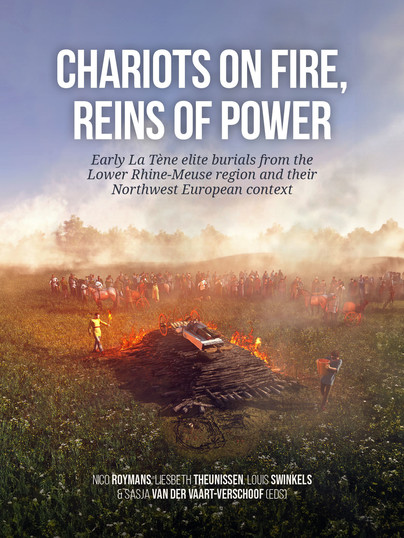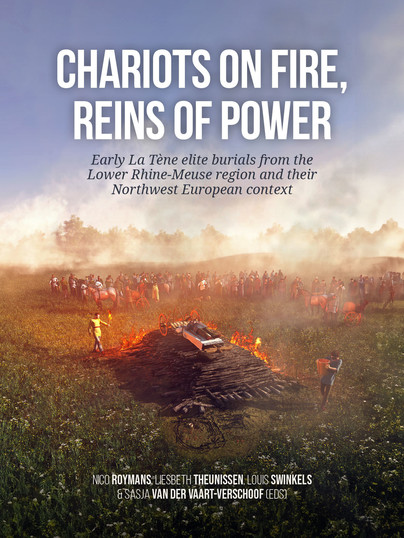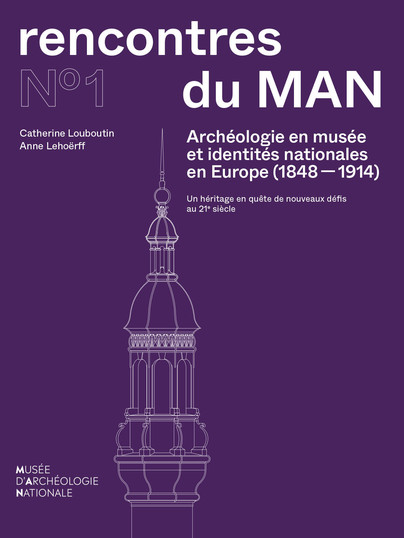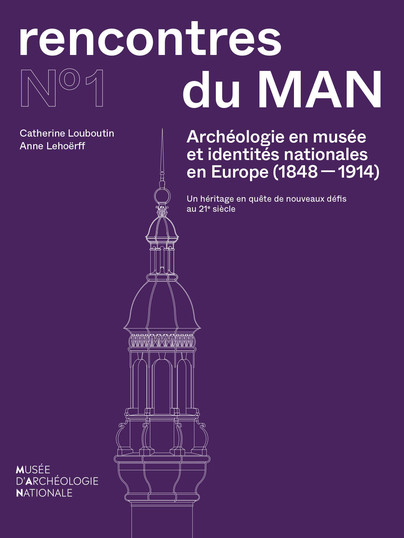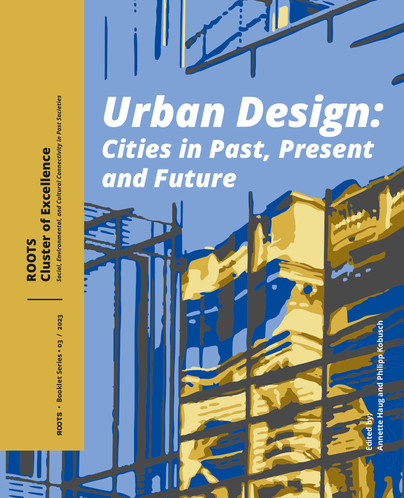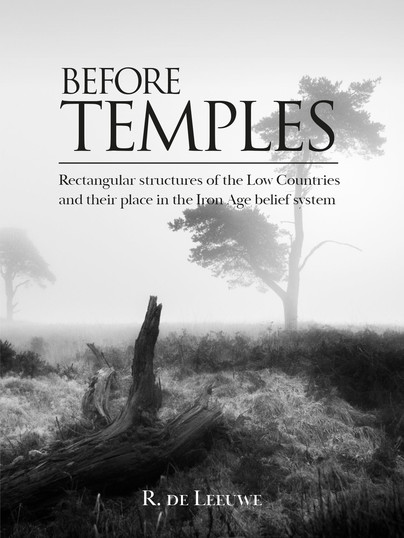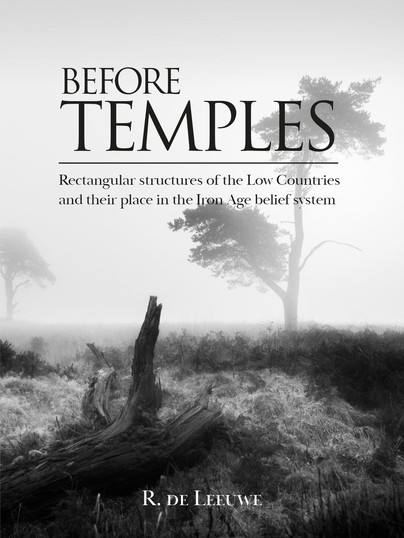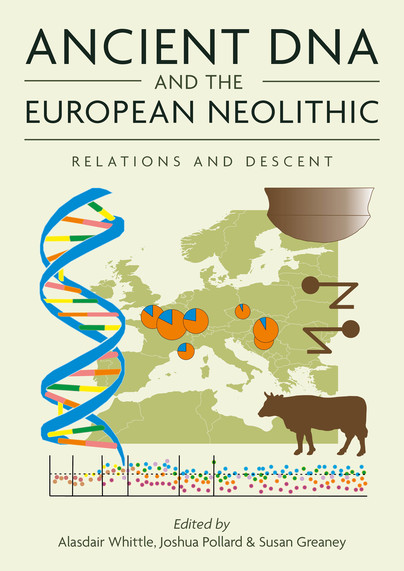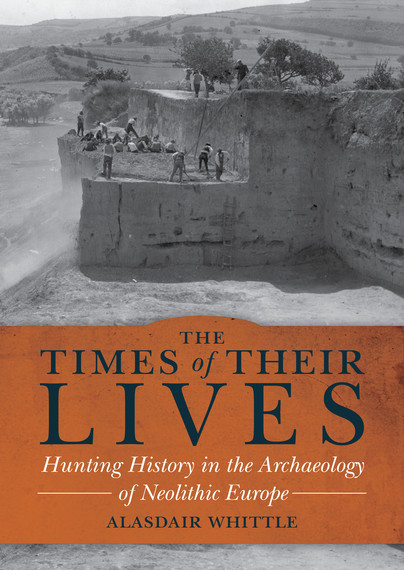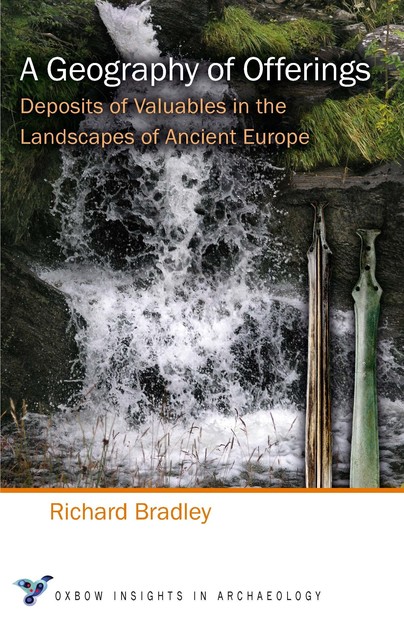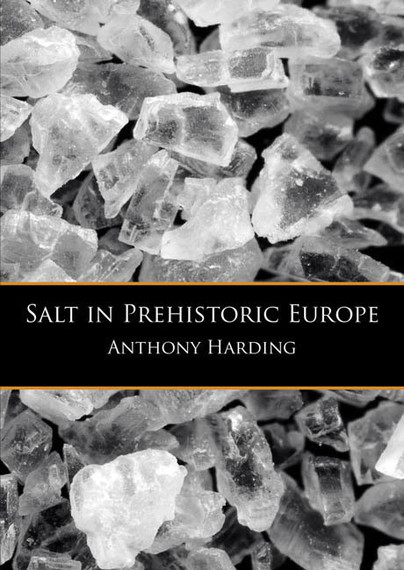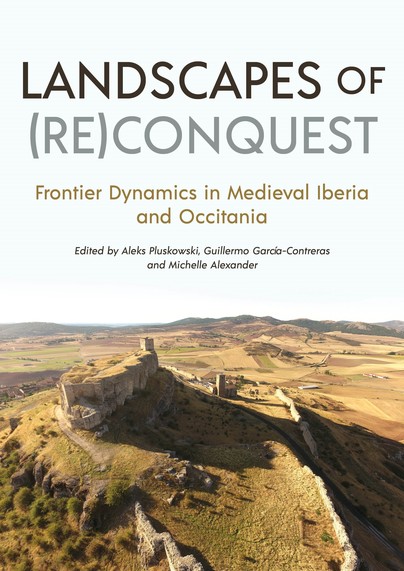
Format: Hardback
Pages: 352
ISBN: 9798888570692
Pub Date: 15 Dec 2024
Imprint: Oxbow Books
Illustrations: 250 B/W and color illustrations
Description:
Frontiers were an integral feature of every medieval polity, and their spaces were defined by opposing spheres of influence, contact and connectivity. As these polities expanded and contracted, often as a result of military conquest and territorial annexation, their permeable edges became defined by transformative cultural landscapes. Here, the encounters between native or resident and incoming populations, from small elite groups through to larger numbers of migrants from diverse social backgrounds, resulted in varying degrees of cultural hybridity.

